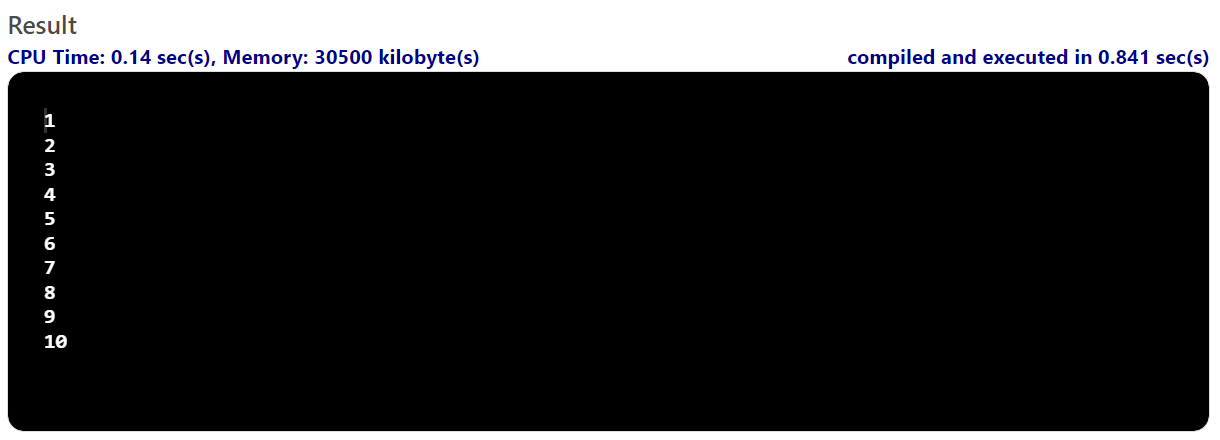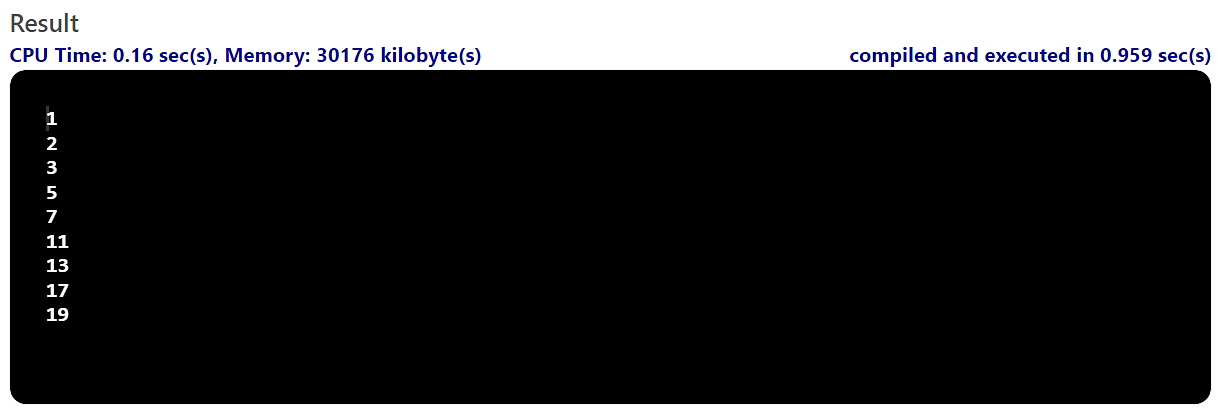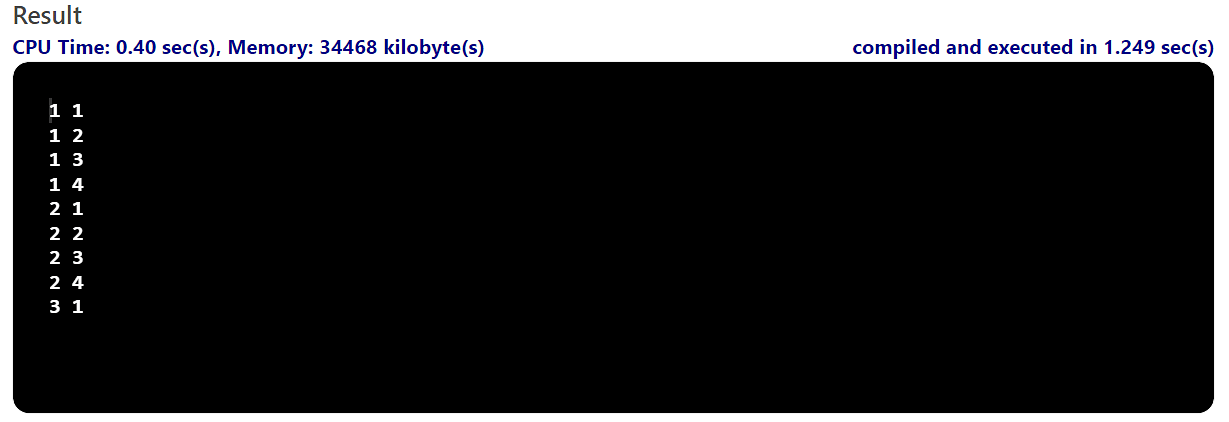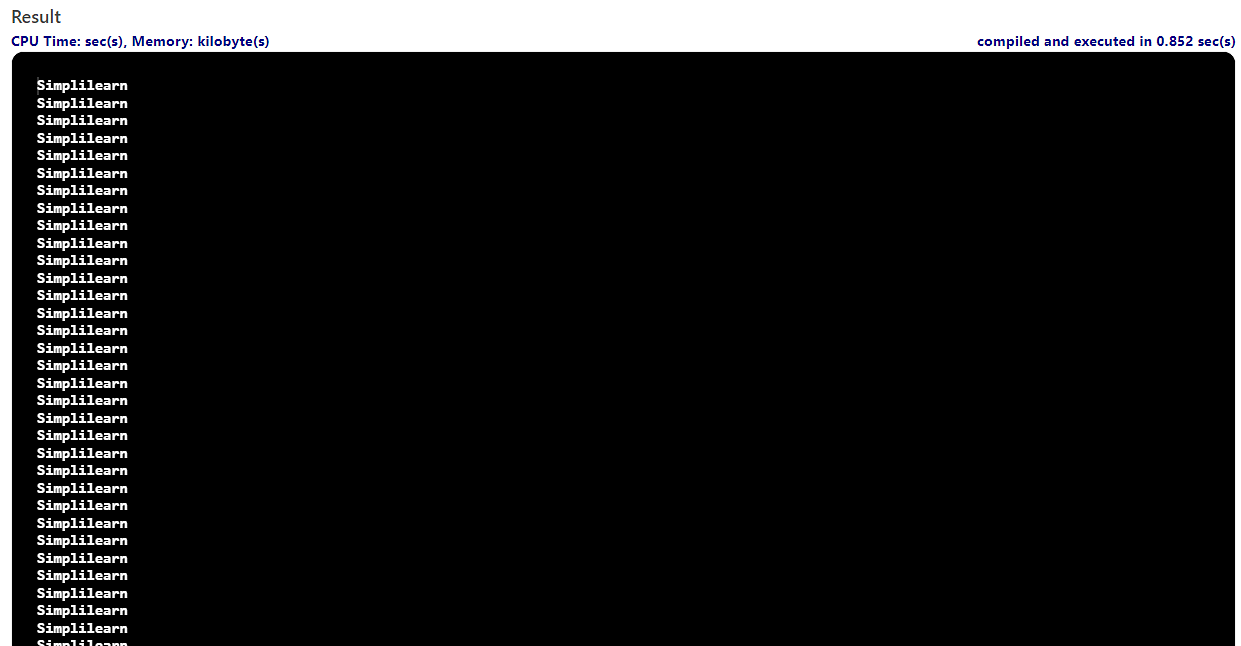Loops in Java is a function used to execute a specific a part of this system again and again if a given situation evaluates to be true.
Whilst all 3 sorts’ fundamental capability stays the similar, there’s a limiteless distinction within the syntax and the way they function.
For loop in Java iterates over code in keeping with a situation, frequently used for arrays or calculations. Mastering it is important for environment friendly iteration and knowledge processing. Sign up in a Java Route to probe for loops and extra programming constructs.
On this article, you’ll focal point on for loop in Java. However prior to delving deep into for loop and easy methods to use it, let’s perceive the variation between the 3 forms of loops.
Forms of For Loops in Java
There are 3 forms of for loops in Java:
- Easy
- For-each or enhanced
- Categorized
You’re going to undergo every single form of Java for loops with examples.
Easy For Loop in Java
A easy for loop is what you could have noticed till now, together with the glide and syntax. Right here’s an instance the place you will have to print the values from 1 to ten.
Instance of easy for loop:
public magnificence forExample{
public static void major(String args[]) {
for(int x=1; x<=10; x++){
Machine.out.println(x);
}
}
}
Output:

For-each Loop in Java
The Java for-each loop is used on an array or a suite sort. It really works as an iterator and is helping traverse via an array or assortment components, and returns them. Whilst stating a for-each loop, you don’t need to give you the increment or decrement observation because the loop will, through default, traverse via every single part. Right here’s the syntax:
for(Kind var:array){
//loop frame
}
Instance of for-each loop:
public magnificence ForEach{
public static void major(String[] args){
//Array declaration
int ar[]={1,2,3,5,7,11,13,17,19};
//The use of for-each loop to print the array
for(int x:ar){
Machine.out.println(x);
}
}
}
Output:

Categorized For Loop in Java
With the categorised for loop in Java, you’ll be able to label the loops. It turns out to be useful in case you have a nested loop (extra about it later) and need to use the ruin or proceed key phrase for the outer loop as a substitute of the interior one. Typically, the ruin and proceed key phrase works at the innermost loop through default. The syntax of Java categorised for loop is:
labelname:
for(initialization;situation;incr/decr){
//loop frame
}
Instance of categorised for loop
public magnificence LabeledForLoop{
public static void major(String[] args){
//The use of Labels
Label1:
for(int x=1;x<=5;x++){
Label2:
for(int y=1;y<=4;y++){
if(x==3&&y==2){
ruin Label1;
}
Machine.out.println(x+” “+y);
}
}
}
}
Output:

As you’ll be able to see within the above instance, this demo has used the label title to damage the outer loop, which is the other of a loop’s default conduct.
Nested For Loop in Java
Java nested for loop isn’t a separate form of loop. It’s only the use of one or a couple of for loops within any other. On every occasion the outer loop meets the situation, the interior loop is achieved totally. It’s most often used for trend techniques to print distinct patterns within the output. The instance underneath makes use of the nested for loop in Java to print a pyramid.
public magnificence NestedForExample{
public static void major(String[] args){
for(int x=1;x<=7;x++){
for(int y=1;y<=x;y++){
Machine.out.print(“* “);
}
//new line when the interior loop is achieved totally
Machine.out.println();
}
}
}
Output:

Limitless For Loop in Java
The Java countless for loop is used if you wish to stay working a undeniable set of code. Syntax of countless for loop in Java is:
for(;;){
//loop frame
}
Instance of countless for loop
public magnificence InfiniteFor{
public static void major(String[] args) {
//Stating the countless for loop
for(;;){
Machine.out.println(“Simplilearn”);
}
}
}
Output:

You’ll be able to use ctrl + c to go out the countless loop.
Get a company basis in Java, essentially the most frequently used programming language in device building with the Java Certification Coaching Route.
supply: www.simplilearn.com












